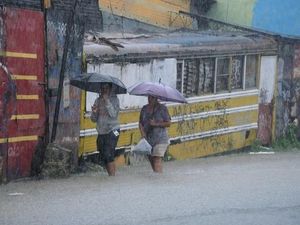The LEGO Group is on track to significantly boost its solar capacity by 2025 as part of its long-term commitment to sustainability. Following the announcement of plans to build an off-site solar park near its headquarters in Billund, Denmark, LEGO has increased its global solar capacity by 61% over the past two years. The company aims to achieve another 72% increase by the end of 2025, which includes tripling solar capacity at its Nyíregyháza facility in Hungary, where installation of new panels has already begun.
"We know the environment is one of children’s biggest concerns and we want to play our part in building a more sustainable future for each new generation of children," LEGO stated. This commitment is demonstrated through various initiatives, including the upcoming opening of LEGO’s new factory in Vietnam, which will feature over 12,400 rooftop solar panels. This facility will not only produce toys but also serve as a testing ground for new solar technologies, including battery storage solutions.
Another landmark project is the 80 MWp solar park being developed near the company's Billund headquarters, scheduled for completion by 2028. This solar park aims to produce enough energy to meet all official LEGO sites' demands during peak consumption times through negotiations with local energy providers.
Meanwhile, advancements within the scientific community are set to revolutionize how solar panels interact with extreme weather. Researchers at the Centre for Material Forming in France have developed innovative solar panels capable of adjusting to high winds instead of remaining locked flat—a common strategy to reduce damage during storms. It’s being described as "teaching the panels to dance with the wind," enhancing the panels’ ability to continue generating electricity even during adverse weather conditions.
This technology addresses one of the solar energy sector's main vulnerabilities: strong winds can cause significant damage, leading to costly repairs and disappointing downtime for solar farms. Conventional methods to flat-tilt the panels during storms prevent power generation entirely, which is not ideal. With this new adaptive system, the panels can reduce stress and damage, maintaining energy production under such types of environmental stress.
Elie Hachem, one of the researchers behind this breakthrough, emphasized the potential impact of their work. "By allowing panels to adjust, we can keep generating power, making solar energy far more reliable and reducing insurance costs related to storm damages," Hachem explains. Such innovations are pivotal as solar installations proliferate, pushing the boundaries of what these technologies can achieve.
This dual approach—LEGO’s increased solar initiatives and new technological breakthroughs—represents a broader trend toward enhancing the reliability of renewable energy sources. Solar energy's role is becoming increasingly important as individuals and communities adopt smart solar options, from rooftop panels to large solar farms. Benefits extend beyond reduced energy bills; they contribute to the local renewable energy grid and create cleaner air as fossil fuel reliance diminishes.
Organizations like Rewiring America have been pivotal in broadening access to clean energy solutions for homeowners and promoting large-scale solar adoption. The continued refinement of solar technology, especially systems capable of enduring storm conditions, ensures solar power can play a greater role in future energy production systems. These advancements not only bolster energy security but also promote environmental sustainability, edging closer to a future where renewable energy stands resilient against climate challenges.



